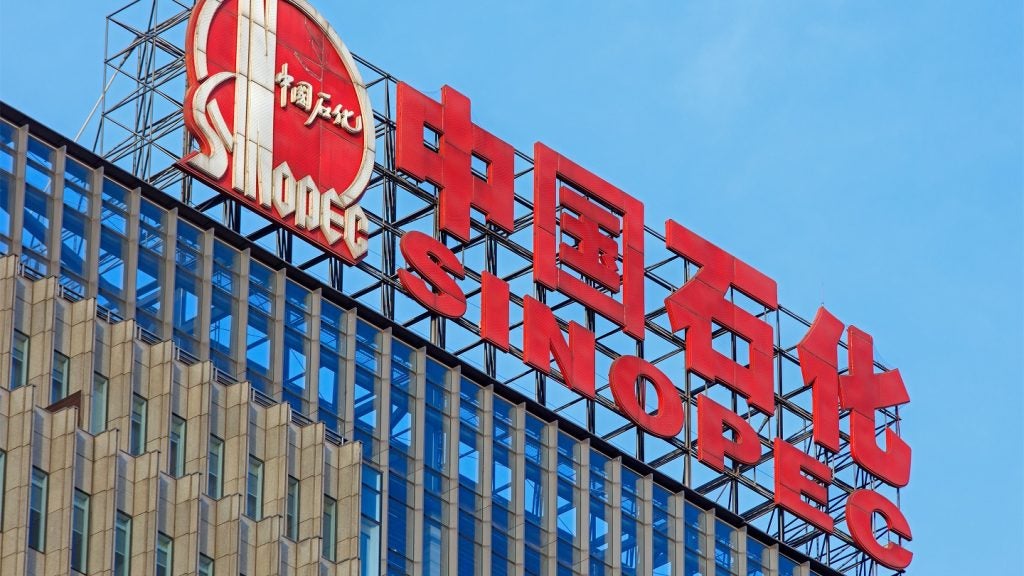Saudi Aramco Total Refining and Petrochemical operates the Jubail II coking refinery, which is located in Eastern Province, Saudi Arabia. According to GlobalData, who tracks and profiles more than 1,400 refineries worldwide, it is an integrated coking owned by Saudi Arabian Oil and TotalEnergies. The refinery started operations in 2014 and has a Nelson Complexity Index (NCI) of 11.9. Buy the profile here.
Maintenance activities at Jubail II coking refinery
The Jubail II refinery coking witnessed three incidents during the period 2017-2022.
Upcoming expansion project at Jubail II coking refinery
CDU II
About Saudi Aramco Total Refining and Petrochemical
Saudi Aramco Total Refining and Petrochemical Co (SATORP) is an oil and gas company that refines and markets petroleum products. The company offers products such as liquefied petroleum gas, benzene, paraxylene, gasoline, diesel, jet fuel, petrochemicals, low sulphur transportation fuels, propylene, coke and sulfur. Its low sulphur transportation fuels include gasoline, diesel and jet fuel. SATORP’s petrochemicals comprise benzene, paraxylene and propylene. The company distributes petrochemicals in the Middle East and Asia. It also operates refinery facilities which include intermediate storage, and crude processing. SATORP is headquartered in Jubail, Eastern Province, Saudi Arabia.
See Also:
For more details on the Jubail II coking refinery, buy the profile here.
Premium Insights
From

The gold standard of business intelligence.
Blending expert knowledge with cutting-edge technology, GlobalData’s unrivalled proprietary data will enable you to decode what’s happening in your market. You can make better informed decisions and gain a future-proof advantage over your competitors.




